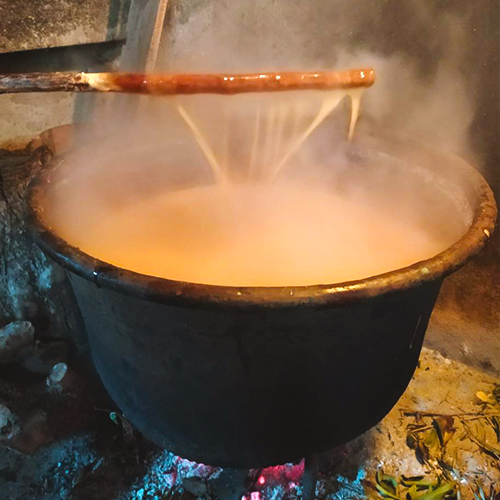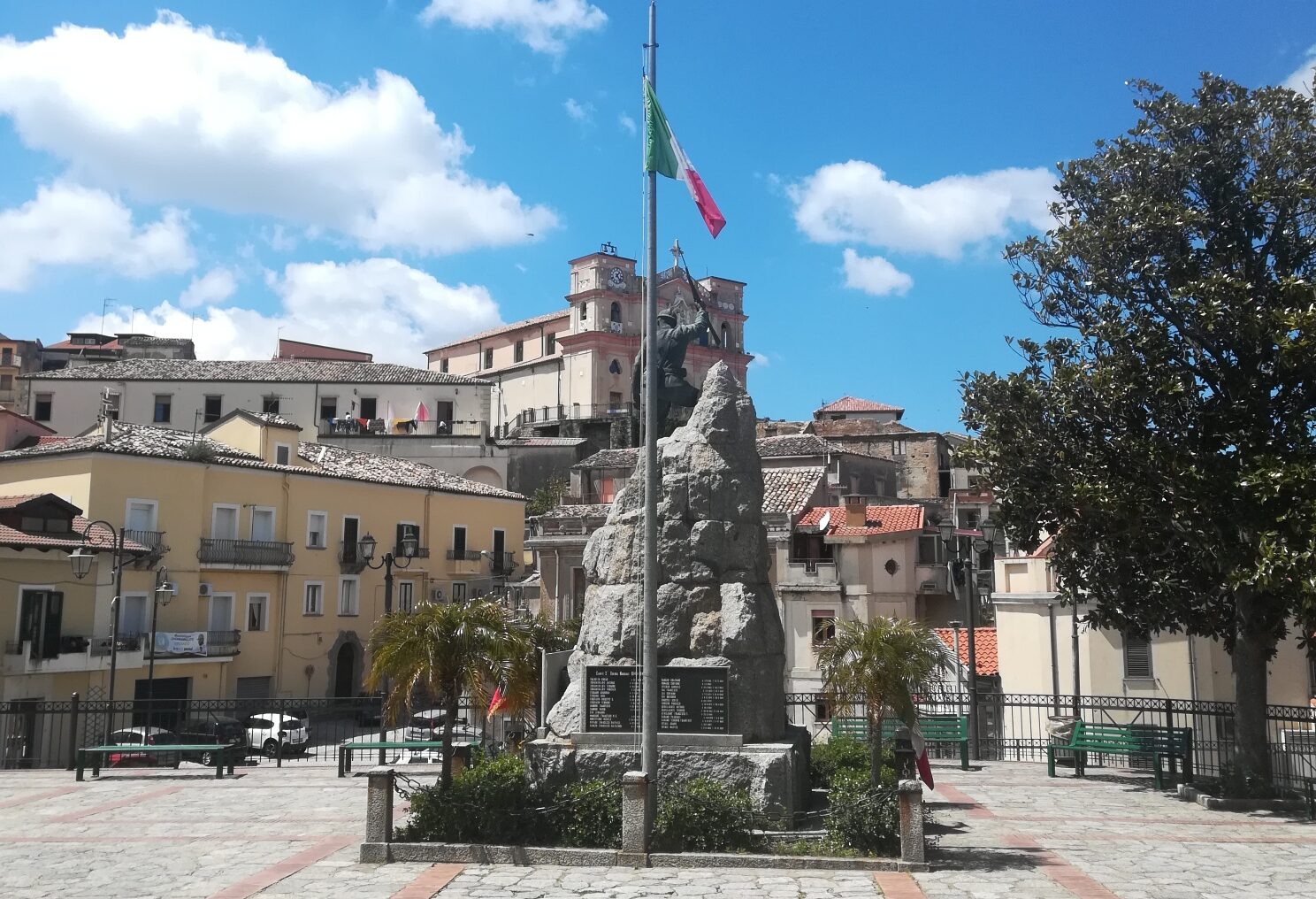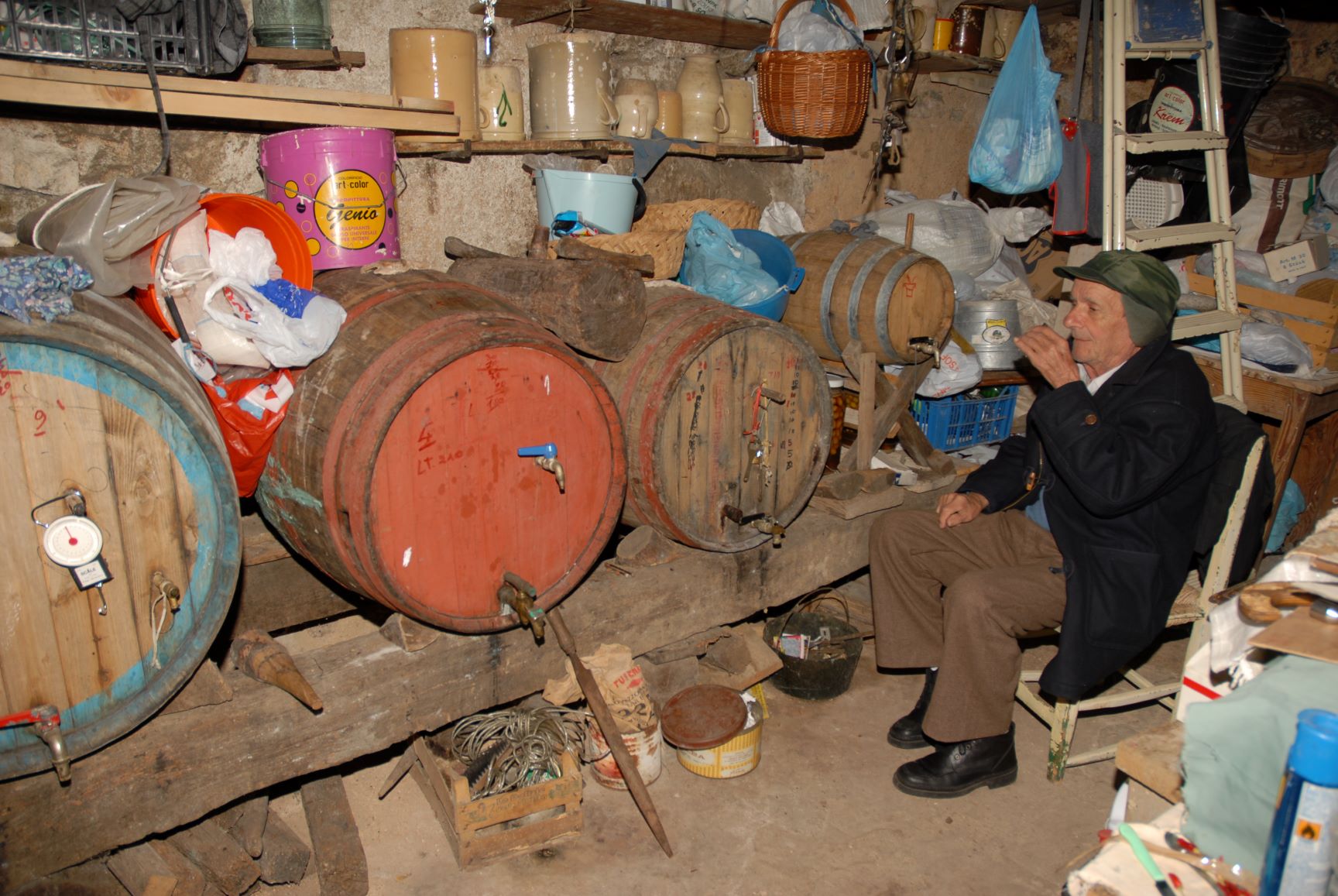
By Francesca Politi - JUMP Team
«A wonderful myth about the origin of soap is it was a gift to humanity from the Roman Goddess Sapo. Burnt offerings were made at her temple which sat on a hill overlooking the Tiber River where the women of the village came to wash their clothes. The Goddess caused the rain to wash the ashes and fat down the hill into the river making soap. The people of the village were blessed by the Goddess with cleaner clothes.»
Soap has been around a long time. Likewise the tradition of making soap with olive oil is very ancient. There are records of “early soaps” as far back as 4000 years ago in Babylon and Sumeria. Variations from Egypt, ancient Greece, and Rome. What’s interesting is that soap’s basic concept hasn’t changed over the years. There is indeed a recipe for soap from the 9th-century in Mappae Clavicula, a medieval art recipe book. The formula describes a chemical process unchanged to this day. So each nation combined local vegetable oils or animal fats with ash or lye to create their own regional version. In southern Italy, especially in olive cultivation areas, soap was made in every household, expression of the need to use what was at hand and not to waste anything. Following grandma’s recipes, a ritual handed down over the years, soap was cooked in cauldrons using olive oil and animal fats. This soap has been made and used for many generations, not only it made laundry clean and white but it was also for personal use.
How to make your own soap
To respect the authentic method of cooking in a cauldron, you could try making it in your crockpot and to start you should add water and olive oil. During this phase, the crucial ingredient is lye. It’s what is needed for the saponification since it produces the chemical reaction which turns fat into soap. Then add the lye to the mixture and mix well with a wooden stick. Set your pot on medium heat and let’s start the cook.
The stage of boiling requires very careful attention because unattended hot process soap can grow in size: if that happens, just keep stirring and it will calm right down. After boiling, the soap should be ready. How to test to be sure it’s ready? You can tell by dipping the stick in the soap. If you lift it and you notice a white film as shown in the picture below you can stop here, otherwise it is advised to add some water and wait before checking again.
If you want to add any fragrance you will want to let the soap cool down before adding them. Drain and transfer it into a container. After it is completely cooled, several hours or even overnight, you can remove the soap block from the mold and cut it.
Artisanal soap is a simple and pure product. Its natural ingredients are good for your health (and the environment as well). Nowadays it might be an opportunity to rediscover ancient knowledge and translate that wisdom into modern know-how, in the wake of forgotten scents.
Sources:
- http://www.florilegium.org/files/CRAFTS/Lye-Soap-art.text
- Credits to Francesco Quaranta for the traditional recipe and soap





